How Gemstones are Formed in Nature
How Gemstones are Formed
Minerals form under various conditions in the Earth's crust, the outermost layer of the Earth, with a depth of 8 to 40 km. Only two gemstone varieties (Peridot and the mighty diamond) form in the Earth's mantle, representing 84% of the Earth's volume.

It consists mostly of molten rock called magma and is made up of 44.8% oxygen, 21.5% silicon, and 22.8% magnesium. There are few gemstones form in the mantle, but all gems are mined in the outermost layer. The surface layer is made up of three kinds of rock, known in geology terms as igneous, metamorphic, and sedimentary rock. These terms refer to the way in which the rock is formed. Some gemstones are correlated with one kind of rock in particular, while others with several other types.


This igneous manner involves the solidification of magma. Magma from the mantle can ascend to the crust, usually through volcanic pipes. If it reaches the earth's surface, it solidifies as lava. However, if the magmatic piece cools slowly in the crust, it can crystallize and form minerals. Raises in pressure can also prompt this pegmatitic fluid to infiltrate surrounding rocks, often causing chemical exchanges.
The vast range of gemstones formed from igneous rock includes the chrysoberyl group, all beryl (aquamarine, emerald, and morganite), quartz (including amethyst, ametrine, and citrine), apatite, garnet, moonstone, diamond, spinel, tourmaline, tanzanite, topaz and zircon.


Once the igneous rock reaches the earth's surface, the forces of weathering and erosion produce smaller particles, which expand on the surface or are moved by water and wind. As time progresses, layers of these sediments build upon land or underwater. The pressure from the uppermost layers causes compaction in the lower layers, along with various physical and chemical changes such as lithification, which lead to the creation of sedimentary rock. Evaporation is another process that produces sedimentary rock, such as the rock found in deserts. Gemstones associated with sedimentary rock include opal, jasper, malachite, and zircon.

The presence of intrusive magma in an area (contact metamorphism), or of tectonic plate interactions on a larger scale (regional metamorphism) puts sedimentary and igneous rock and minerals under heat or pressure that may cause changes in their structure (crystal / chemical). The effect is the creation of metamorphic rock. Gemstones affiliated with metamorphic rock include beryl, jade, ruby, spinel, and zircon.
Minerals and rocks are in a constant state of change, referred to as the rock cycle. Igneous rock can change into metamorphic or sedimentary rock.
Moreover, the sedimentary rock can turn into metamorphic or igneous rock. Furthermore, metamorphic rock can turn into igneous or sedimentary rock. But you have to be patient.
 If you wish to see our Gems Inventory Please visit our Instagram page
If you wish to see our Gems Inventory Please visit our Instagram page
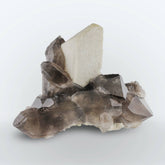




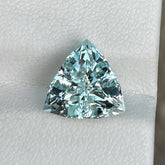


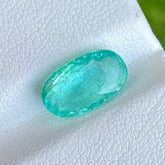

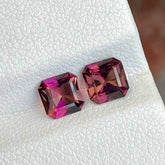

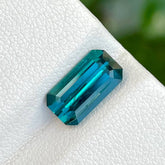

Leave a comment
Please note, comments need to be approved before they are published.